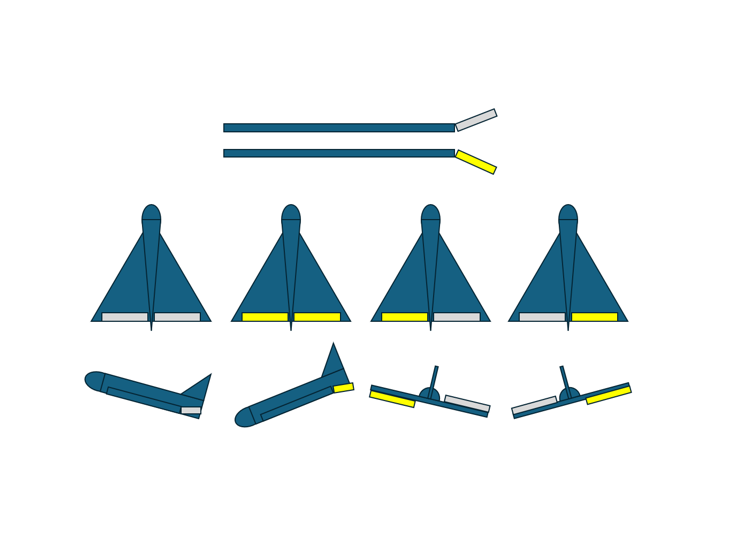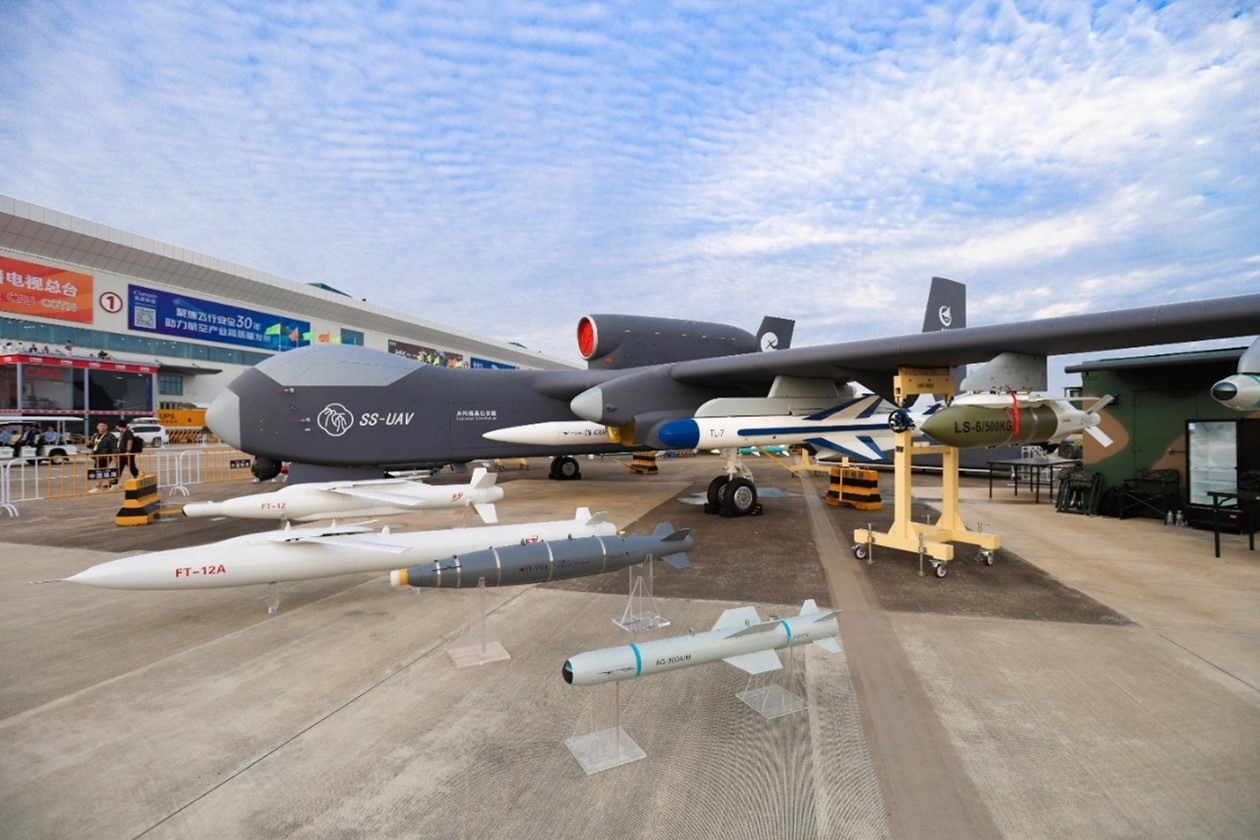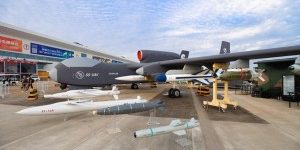Automated Impacts Routing – Path Optimization Through Adverse Atmospheric Effects and Obstacles
Automated Impacts Routing (AIR) is a software system that uses a modified version of the A* algorithm by including environmental (atmosphere/terrain) effects coupled with shortest path calculations. It allows best and second-best path solutions as part of user selections. With multi-service U.S. Department of Defense (DoD) transitions, AIR has been developed and delivered as an…

















